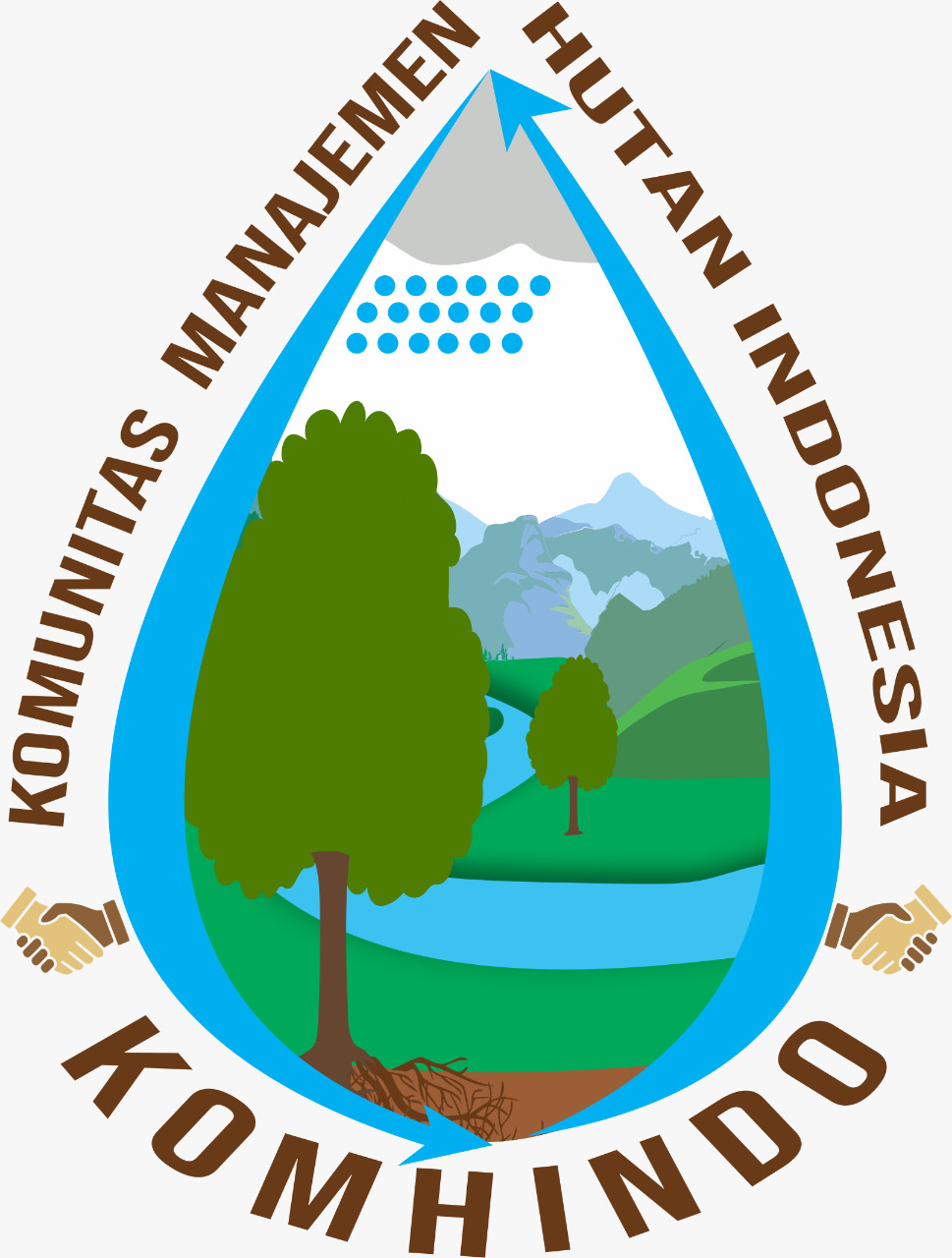INVENTORY OF FOOD SOURCE PLANTS FOR HONEY BEES (APIS CERANA) IN BUANA SAKTI VILLAGE, BATANGHARI DISTRICT, EAST LAMPUNG REGENCY
Abstract
Abstract
One sector of non-timber forest products (NTFPs) that is a favorite in the national and international markets is beekeeping. The main products from beekeeping are honey, royal jelly and bee pollen. The aim of this research is to determine the types of plant sources of food for honey bees, the density, frequency, importance index of each type of plant source of food for honey bees and the diversity of plant sources of food for honey bees based on their habitus in Buana Sakti Village. This research uses a centralized circle method which is placed systematically, with sample plots made in the form of a circle covering an area of 0.05 ha with a radius of 12.6 m, the sampling intensity used is 0.52%, so the observed sample area is 0.8 Ha. Based on the research results, it is known that there are 43 types of plants, 37 types of which are food sources for honey bees consisting of plantation plants, agricultural plants, ornamental plants, forestry plants and grass. The habitus of the 43 types of plants consists of 22 types of trees, 6 types of shrubs, 2 types of lianas and 13 types of herbs. Corn (Zea mays) is the type of plant that has the largest density, namely 225 individuals/ha, while the largest frequency value is owned by the plant species, Mimosa pudica, which is 0.563. The highest level of species control for the type of forestry plant that feeds honey bees (Apis cerana) is owned by mangium (Acacia mangium) with an INP of 15.302%. Meanwhile, for agricultural crops as a food source for honey bees, the highest level of species control is owned by corn with an INP of 17.686%.
Keywords
Full Text:
PDFReferences
Amir M, Pudjiastuti LE, Sudarman HK. 1986. Pengaruh Bentuk dan Warna Bunga terhadap Daya Tarik Lebah Madu. di dalam: Pembudidayaan Lebah Madu untuk Peningkatan Kesejahteraan Masyarakat. Prosiding Lokakarya; Sukabumi. Perum Perhutani. Jakarta.
Pramuka, Apiari. 2007. Lebah Madu Cara Beternak dan Pemanfaatannya. Penebar Swadaya. Jakarta.
Indriyanto. 2006. Ekologi Hutan. Cetakan pertama. Bumi Aksara. Jakarta.
Kusmana, C. 1997. Metode Survey Vegetasi. Penerbit IPB. Bogor.
Monografi Desa. 1996. Monografi Desa 1996. Desa Buana Sakti.
Rusfidra, A. 2006. Tanaman Pakan Lebah Madu. http://www.bunghatta.
info/content.php.article.141.2. Diakses pada tanggal 23 Mei 2011.
Sarwono, B. 2001. Kiat Mengatasi Permasalahan Praktis Lebah Madu. Agro Media Pustaka. Jakarta.
Shahabuddin. 2003. Pemanfaatan Serangga sebagai Bioindikator Kesehatan Hutan. Hhtp://images.atoxsmd.multiply.multiplycontent.com/attachment/0/Riwu9QoKCsYAAFnAVWQ1/pemanfaatan%20serangga%20bioindikator%20kesehatan%20hutan.pdf?key=atoxsmd:jurnal:23&nmid=44125854. Diakses pada tanggal 19 Oktober 2011.
Steenis, C.G.G.J.Van.1992. Flora (Untuk Sekolah di Indonesia). Pradnya Paramitha. Jakarta.
Sumoprastowo dan Suprapto. 1993. Beternak Lebah Madu Modern.
Bhrata Karya Aksara. Jakarta.
Ubaidillah, R. dan M. Amir. 1986. Pengaruh Penggunaan Peptisida terhadap Lebah Madu. Prosiding Lokakarya; Pembudidayaan Lebah Madu untuk Peningkatan Kesejahteraan Masyarakat. Perum Perhutani. Jakarta.
DOI: https://doi.org/10.32502/sylva.v12i1.7037
Refbacks
- There are currently no refbacks.
Indexed by:
Contact Person:
Delfy Lensari, S. Hut, M. Si
Jurnal Sylva: Ilmu-ilmu Kehutanan
Forestry Program Study, Faculty of Agriculture, Universitas Muhamamdiyah Palembang
JL. Jend.A.Yani 13 Ulu Palembang, South Sumatra, Indonesia
Tel. (+62)711-511731; Email: jurnalsylvaump@gmail.com; Website: https://jurnal.um-palembang.ac.id/sylva

This work is licensed under a Creative Commons Attribution 4.0 International License





1.png)






